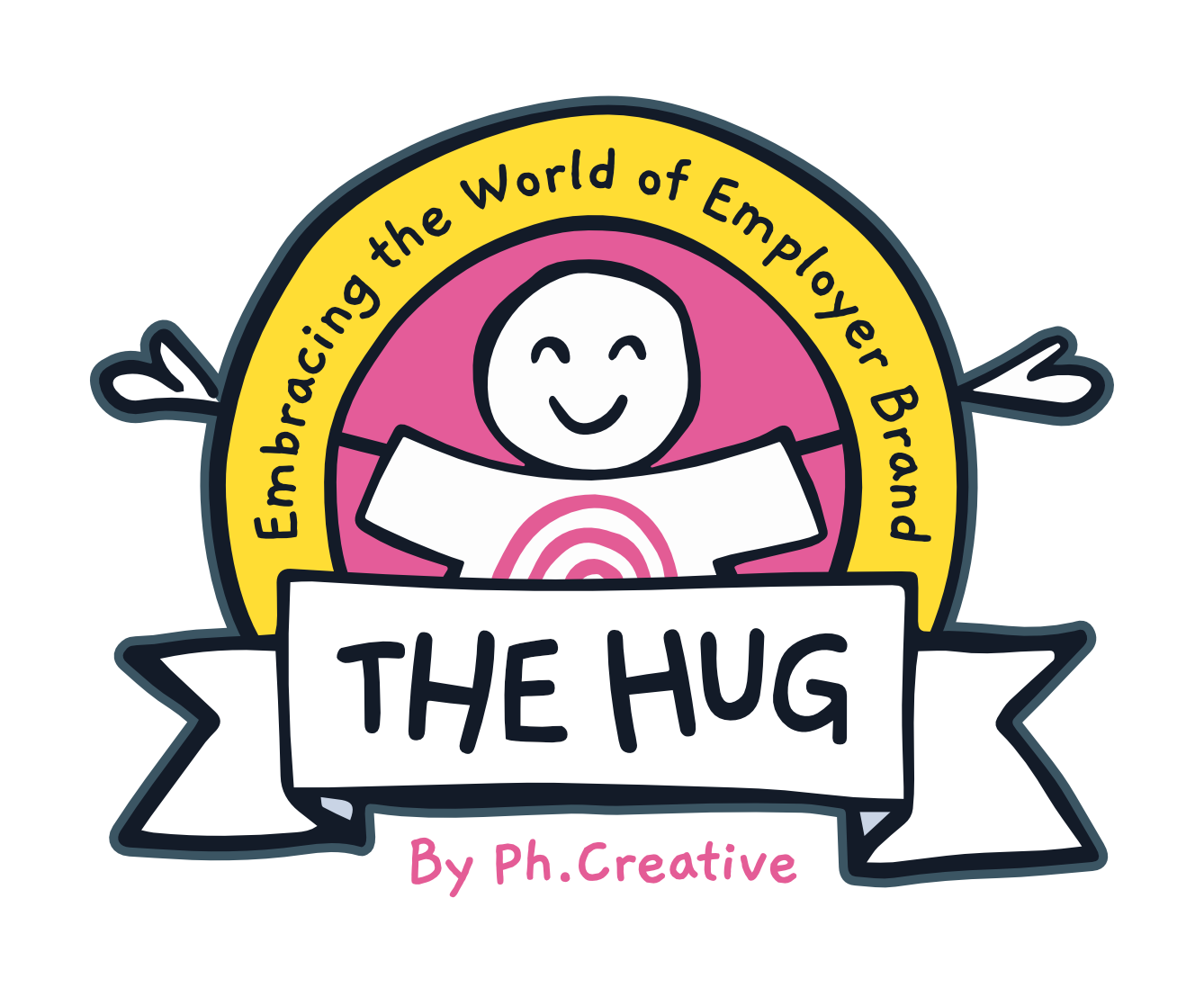Integrating DEI into Employer Branding Strategies
3 min read.
Flying rainbow flags and saying "Love is love" for one month a year - we see a lot of this kind of inauthentic gesturing from businesses, but it's not the way to show your people that you care about diversity and inclusion.
Rather than cobbling together some DEI content for your social media feeds now and then, blend your values and intentions into your employer brand strategy from the outset. With the right foundation, you will set a clear direction of travel. Create a set of guiding principle within your strategy that will make your DEI efforts innately true to your organisation and vastly more effective.
Remember, diversity and inclusion in employer branding is about authenticity, not just saying things that feel or sound good.
Building a world-class employer brand doesn't mean that we can deliver more diversity overnight, but it does mean that you can ensure that the project is inclusive, and you are leveraging and representing the diversity that already exists, while setting the intention to build upon it.
So, here’s how to go about it.
How to Make DEI Integral to your Employer Brand
1. Set your intentions
Make a clear plan of how you will remain inclusive throughout the project. Get everyone on the same page with your intentions so that they are woven in from the very beginning.
2. Diversify your research
To fully understand how your employees think and speak about diversity and inclusion within your organisation, you need a varied research mix.
So, design the mix with representation in mind. As a rule, include a diversity of tenure, geography, seniority, gender, sexuality, age and ethnicity.
Think about conducting one-to-ones, surveys and auditing external review sites like Glassdoor with a DEI lens to learn the real internal perception.
That way when you conduct the work, people will see that you are being as equitable, considerate and as inclusive as possible, which will build confidence and communicate the authenticity of the work.
3. Create a safe space
When conducting research, offer complete confidentiality to the participants and make sure they understand there will be no repercussions for their candidness.
As well as that, design dialogue with clean, unbiased language so people feel safe to freely express themselves. Make space for quieter people to have a say. Don’t let extroverts dominate the conversation.
Facilitating conversation in this way makes a huge difference to how people respond (and how much closer to the truth you get.)

4. Leverage ERG groups
If there are ERG groups within the business, there are also advocates, events and communities to engage with.
Usually, you'll find some deliberate thinking has already been done in the organisation and there’s no sense in starting from scratch when there is a bed of existing research that you can leverage.
Collaborate with these groups to align your DEI efforts with their objectives. Tap into their expertise. Involve them in the employer branding process and seek their input on how to authentically represent their communities.
5. Dig deeper
Don’t rely solely on those in senior positions to tell you about the inclusivity of the organisation. Often more senior members will have a rosier view of inclusivity, so it’s imperative you hear from all levels.
And don’t be afraid to feedback and reveal your findings to leadership, not just at key presentations but throughout your project. It can be an eye-opening experience and serve as a reminder of how important inclusion is.
6. Communicate your values proudly
Prospective and current employees want to see what you stand for and what action you are taking, so don’t be afraid to show them.
Posting on social media about your inclusion during Pride month, for example, can feel uncomfortable. It may receive some backlash. But if you are using messaging that is honest and true to the culture of your organisation, and if you are committed to sharing your values all year round, then you can never go wrong.
7. Be honest
Above all, be honest. If you feel that the organisation is not currently doing enough to support diversity and inclusion, be clear about those shortfalls. Let your audience know what you’re doing to improve the situation and then make those changes internally.
Recognising your shortcomings while setting intentions to change can feel vulnerable, but it is this kind of vulnerability which has the potential to attract and endear people to your organisation.
Sign up to our blog

Every other Thursday we share:
✔ One feature full of our freshest insights
✔ An expert hack you'll love to use
✔ The links you need now
+ other helpful bits for thousands of EB and TA pros just like you

